Vietnamese coffee: A “ubiquitous culture” in the world’s top coffee exporter
In Vietnam, coffee isn’t just a beverage—it’s a way of life.
From the bustling streets of Saigon, Hanoi, Da Lat, or Hoi An to the countryside—every here and there, along the streets, at the corners, the aroma of freshly brewed coffee fills the air, shaping daily routines and social traditions.
As the world’s second-largest coffee exporter, Vietnam delivered an estimated 1.32 million tons of coffee overseas in 2024, generating a staggering 5.48 billion USD in revenue. This accounts for nearly 20% of global coffee exports, matching the combined total of the next three countries on the list.
With these impressive numbers, it’s no surprise that coffee holds a special place in Vietnamese culture. It’s a part of everyday life—morning, noon, and even night.
Join us as we learn more about Vietnamese coffee.
Coffee in Vietnam: Why it’s more than a drink
With coffee shops on every street corner and plantations stretching endlessly in the mountainous regions, having a coffee in the morning in Vietnam is like grabbing your phone when you wake up—just something you do without thinking.
It’s true. And there’s a long history behind Vietnamese coffee that has gradually shaped the booming coffee scene, as seen nowadays.
The Vietnamese coffee industry has a long history. Source: Flickr
Vietnamese coffee history
Coffee isn’t a native product in Vietnam. Introduced by the French traders in the 19th century (as early as 1857), coffee once had a difficult start as early productivity was low. However, this tree has undergone significant transformations and grown into one of the most valuable export crops in Vietnam, second only to rice.
Over time, Vietnamese people and “coffee enthusiasts” developed their own distinct brewing methods, such as “phin coffee” (a coffee made using a slow-drip metal filter called “phin”—similar to yet simpler than the French press).
New styles and flavors have also been introduced to the menu, with those like egg coffee, coconut coffee, and, recently, salty cream coffee getting significant attention. Also, since influenced by a blend of cultures, especially Chinese, Vietnamese coffee includes “Bạc Xỉu”—a sweet, milk-heavy coffee, a favorite among many.
The collaboration between growers, producers, and the state has yielded significant results in establishing coffee brands. Notable examples include Trung Nguyen Coffee (founded in 1996) and Highlands Coffee (established in 1999).
Where coffee is grown in Vietnam
Vietnam’s thriving coffee industry is rooted in its geography. The country’s Central Highlands, particularly Dak Lak, Lam Dong, Gia Lai, and Kon Tum, provide the perfect altitude, climate, and soil for coffee cultivation.
Interestingly, despite being only the second coffee exporter in the world, Vietnam is the world’s largest producer of robusta coffee, known for its bold, high-caffeine content. Meanwhile, regions like Me Linh Plantation (Da Lat, Lam Dong) are also producing high-quality arabica beans, gaining international recognition.
Types of Vietnamese coffee beans
Arabica was the first coffee variety brought to Vietnam, but it soon became clear that the local soil and climate weren’t ideal for its cultivation. As a result, farmers transitioned to Robusta and other resilient coffee varieties. Today, Arabica makes up less than 5% of the total coffee-growing area, while Robusta dominates with 92.9%.
Robusta is the primary coffee variety grown in Vietnam. Source: Flickr
Robusta (or blend)
Robusta coffee beans are known for their bold, strong flavor with a high caffeine content. They have a deep, earthy taste with hints of bitterness and are commonly used in Vietnamese coffee, especially for making milk coffee and black coffee.
Vietnamese Robusta is often blended with ingredients like soy, butter, or salt to enhance its richness and create a more balanced flavor. It can also be mixed with Arabica beans to soften its bold intensity and add a smoother, more aromatic touch.
Robusta vs. Arabica
Robusta coffee beans have nearly twice the caffeine content of Arabica (2.7% and 1.5%, respectively), making them stronger and bitter and kick in harder. While Arabica offers a smooth, fruity, and slightly acidic flavor, Robusta delivers an earthy, bold taste.
Arabica is favored by those who enjoy a mild, aromatic coffee, while Robusta is perfect for those who crave a powerful caffeine kick. Think of it like dark chocolate versus milk chocolate—one is intense and bold, the other smooth and sweet.
7 Best Vietnamese coffee styles you must try
Although Vietnam offers countless coffee styles, some stand out as must-tries. Here are the heavy hitters—the bold, the creamy, the game-changers you can’t skip.
1. Coffee with condensed milk (Cà Phê Sữa Đá)
Coffee with condensed milk is an all-time Vietnamese classic—a “winner” in every menu. It deserves this title due to its indisputable popularity. You can spot people having this coffee on the streets, in cafes, and even at home. This style of coffee is made with strong Robusta coffee and sweetened condensed milk, served over ice.
The coffee is typically brewed using a phin filter. When mixed with condensed milk, it creates a smooth, creamy, and caramel-like flavor. This is perfect for those who enjoy a dominance of sweetness in their coffee. Coffee with condensed milk is enjoyed by both locals and tourists seeking an authentic taste of Vietnamese coffee.
Two cups of Cà Phê Sữa Đá with the phin filters dripping atop. Source: Flickr
2. Vietnamese Egg coffee (Cà Phê Trứng)
Egg coffee is one of the most unique styles of coffee in Vietnam. It consists of strong coffee topped with a creamy, frothy egg yolk mixture, whipped with condensed milk and sugar. This drink was invented as a substitute for milk during a shortage in the 1940s. Nguyễn Văn Giảng was the pioneer who developed Vietnam’s first egg coffee recipe.
Café Giảng on 39 Nguyen Huu Huan, Hanoi, is the birthplace of Vietnam’s egg coffee and has been serving this rich and creamy specialty since its creation. Egg coffee has a rich, velvety texture and tastes like a coffee-flavored custard. The combination of bitter coffee and sweet, airy egg foam makes it a dessert-like coffee.
Egg coffee is one of the most unique styles of coffee in Vietnam. Source: Flickr
3. Iced black coffee (Cà Phê Đen)
While coffee with condensed milk is a sweeter treat for those who prefer an easy flavor to the taste buds, iced black coffee delivers a bold, more intense kick. Iced black coffee is also brewed using a phin filter and served over ice. However, with no milk and only a little sugar, it gives the deep, bitter, and earthy flavors of the Robusta beans.
Iced black coffee is strong, aromatic, and packs a caffeine punch, making it a go-to choice for those who appreciate real coffee without distractions. In Vietnam, this coffee style is commonly enjoyed by those needing an energy boost to start the day, like busy professionals, early risers, and night owls looking to shake off drowsiness.
Iced black coffee delivers a bold, more intense kick. Source: Flickr
4. Iced coffee with fresh milk (Bạc Xỉu)
Bạc Xỉu (or Bạc Tẩy Xỉu Phé) is a milder, more milky alternative to Cà Phê Sữa Đá. Introduced by the Chinese immigrants in Saigon in the 1950s, Bạc Xỉu is made using more milk and less coffee. Traditionally, it was made with condensed milk. But today, fresh milk is often added in a 3:1 ratio for a lighter, more balanced flavor.
Vietnamese Bạc Xỉu coffee has a gentle sweetness and a smooth, milky texture without the intensity of coffee Imagine drinking a milkshake with a mild flavor of coffee—bitter and earthy, in it. Once only common among Chinese immigrants, Bạc Xỉu is now loved by younger coffee drinkers and those who enjoy coffee more as a treat than a caffeine boost.
Bạc Xỉu has a gentle sweetness and a smooth, milky texture. Source: Flickr
5. Vietnamese Coconut coffee (Cà Phê Dừa)
Coconut plays a vital role in Vietnamese cuisine, appearing in everything from savory dishes to desserts. Its rich flavor has also found a place in coffee, with coconut coffee becoming a popular option. Coconut coffee blends coffee with coconut milk and condensed milk, often served over ice and dried, shredded coconut meat.
The result is a refreshing, tropical drink with a creamy, slightly nutty, and naturally sweet flavor. The coconut milk softens the bitterness of the Robusta coffee, creating a smooth and well-balanced beverage. Coconut coffee is popular in Saigon and several other cities in the South, where the warm weather makes it a perfect cool-down treat.
Coconut coffee has a creamy, nutty, and naturally sweet flavor. Source: Flickr
6. Salty cream coffee (Cà Phê Muối)
Salty cream coffee is a modern Vietnamese specialty that combines strong coffee with a layer of salted cream made from whipped cream, salt, and condensed milk. Although adding salt to coffee may seem unusual, Vietnamese coffee has long incorporated salt to enhance its flavor. The salty-sweet contrast creates a smooth, complex aftertaste.
Originating in Hue, salty cream coffee, although not as common as egg coffee in Hanoi or iced black coffee in Saigon, has gained nationwide popularity for its unique flavor profile. The light saltiness brings out the coffee’s richness while making it less bitter, making it perfect for adventurous coffee lovers who enjoy new tastes.
Salty cream coffee is a modern Vietnamese specialty. Source: Flickr
7. “Racket” coffee (Cà Phê Vợt)
“Racket” coffee is a humble coffee style made by a traditional brewing method in Vietnam that dates back decades, particularly in old-school coffee houses in Saigon. Instead of using modern drip filters, the coffee is brewed using a cloth filter shaped like a racket, which allows the grounds to steep in hot water for an extended period.
This slow-brewing process creates a bold and smoky flavor, which is distinct from the more common drip coffees. Loved by nostalgic coffee drinkers and those seeking a taste of the past, “racket” coffee remains a cherished treat, offering a slow-brewed, flavorful experience that stands apart from modern brewing methods.
A local barista brewing “racket” coffee. Source: Flickr
Best places to try Vietnamese coffee
Vietnam’s coffee culture thrives in every corner, but some cities offer truly unique experiences. Here are the best places to savor authentic Vietnamese coffee.
Cafes in Saigon
Saigon’s coffee scene is fast-paced and vibrant, just like the city itself. From old-school coffee stalls to trendy third-wave cafes, there’s something for every coffee lover. Try a cup of Cà Phê Sữa Đá or Bạc Xỉu on any bustling street corner or sip specialty brews in a fancy cafe. Coffee in Saigon is bold, sweet, and full of energy.
Here are some of the best cafes in Saigon:
- Trung Nguyen Coffee
- Highlands Coffee
- Lacàph
- Cộng Cà Phê
- RuNam
- Katinat
- XLIII Coffee
- Lagom Café
- The Workshop Coffee
- Maison Marou
A cafe called Katinat on Ham Nghi Street, District 1. Source: Flickr
Cafes in Hanoi
Hanoi’s coffee culture is steeped in tradition, with small, nostalgic cafes tucked into alleyways and old buildings. Here, you can’t miss egg coffee at Café Giảng at 39 Nguyen Huu Huan. You can also enjoy a coffee by Hoan Kiem Lake or in the Old Quarter and feel like stepping back in time, surrounded by history and quiet charm.
Here are some of the best cafes in Hanoi:
- Giảng Coffee (Cafe Giảng)
- Hidden Gem Coffee
- Always’
- Dream Beans Coffee Roastery
- Tranquil Books & Coffee
- Loading T Café
- Cafe Đinh
- The Note Coffee
- C.O.C Legacy Specialty Coffee
- Hanoi Coffee Culture
Multiple cafes packed inside the Ham Ca Map Building at Dong Kinh Nghia Thuc Square. Source: Flickr
Cafes in Da Lat
Da Lat’s cool climate all year round and misty hills create the perfect backdrop for enjoying coffee. Known for its vast coffee plantations, Da Lat is home to scenic, garden-style cafes overlooking pine forests. Try weasel coffee (Kopi Luwak or Cà Phê Chồn) for a smooth, fruity pour-over while soaking in the fresh mountain air.
Here are some of the best cafes in Da Lat:
- Là Việt Coffee
- Still Cafe
- Le J’ Cafe
- Đà Lạt View
- Cafe Panorama
- Cà Phê Trứng Cô Ba
- An Cafe
- Nhà Lồng Coffee
- Túi Mơ To
- Kokoro Cafe
Da Lat’s cool weather all year round makes it perfect for a coffee. Source: Flickr
Cafes in Hoi An
The coffee scene in the Ancient Town of Hoi An blends heritage with charm, offering both riverside cafes and lantern-lit courtyard spots. The specialty here is coconut coffee, which is ideal for the hotter summer days. Sipping a cup while watching the lanterns glow along the Thu Bon River makes for an unforgettable, dreamy experience.
Here are some of the best cafes in Hoi An:
- Olivier Coffee
- Hoi An Coffee Hub
- Memories Brunch & Cafe
- Rosie’s Cafe
- Nourish Eatery
- Moments Hoi An
- The Espresso Station
- Cam Coffee n More
- Ren Rứa Cafe
- The Inner Hoian by Àla
The Ancient Town of Hoi An offers riverside cafes and lantern-lit courtyard spots. Source: Flickr
Which style of Vietnamese coffee do you love most, and where will you enjoy your next cup? In Vietnam, coffee is more than just a drink—it’s a way of life. Go ahead, grab yourself a coffee, and embrace this rich coffee culture.
The Oxalis Experience.
Whether you prefer long treks, camping in a cave, sleeping under the stars in the jungle, swimming underground in river caves, explore the huge dry caves or just taking an exploratory day trip, Oxalis Adventure Tours can provide the right amount of adventure just for you.



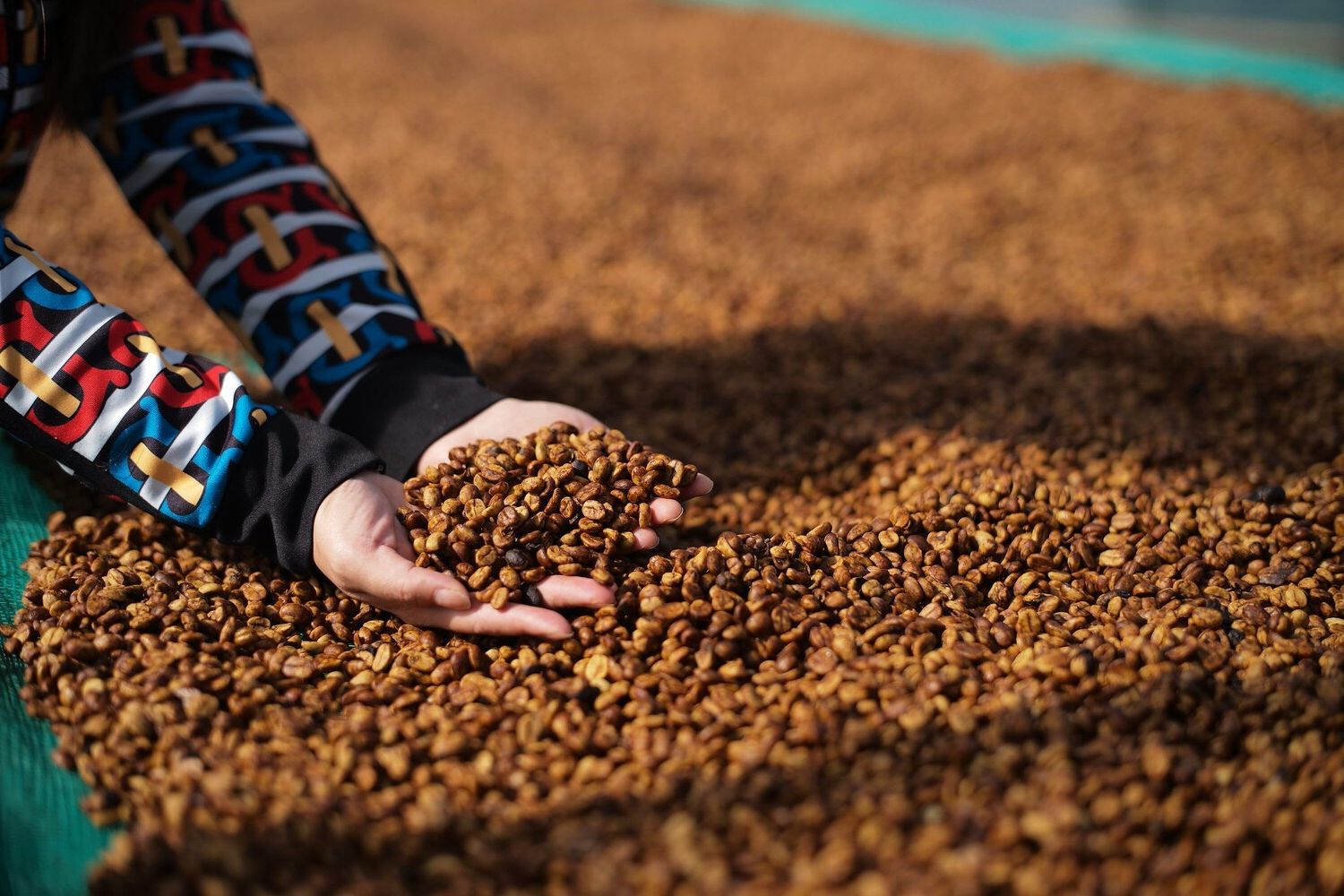
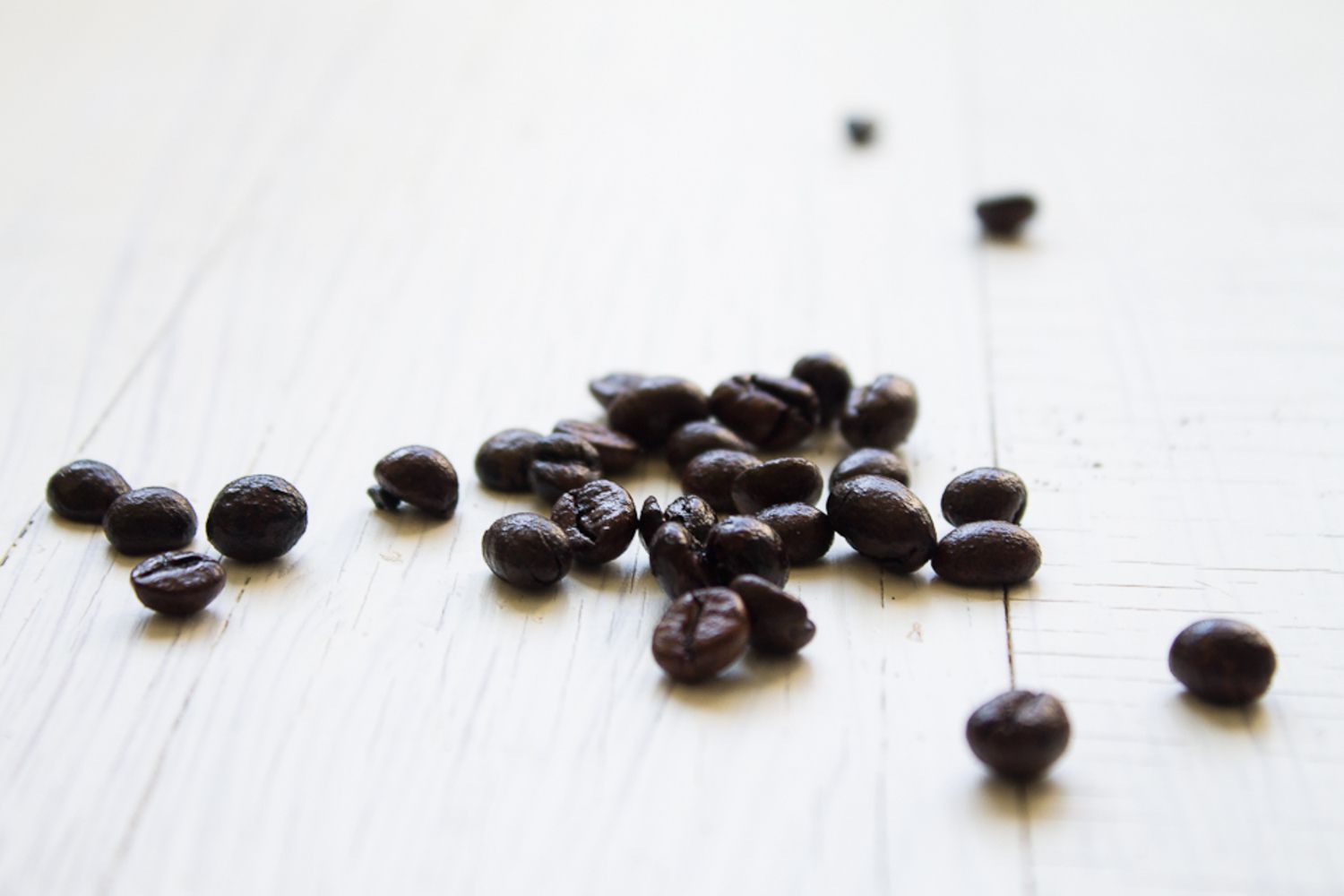

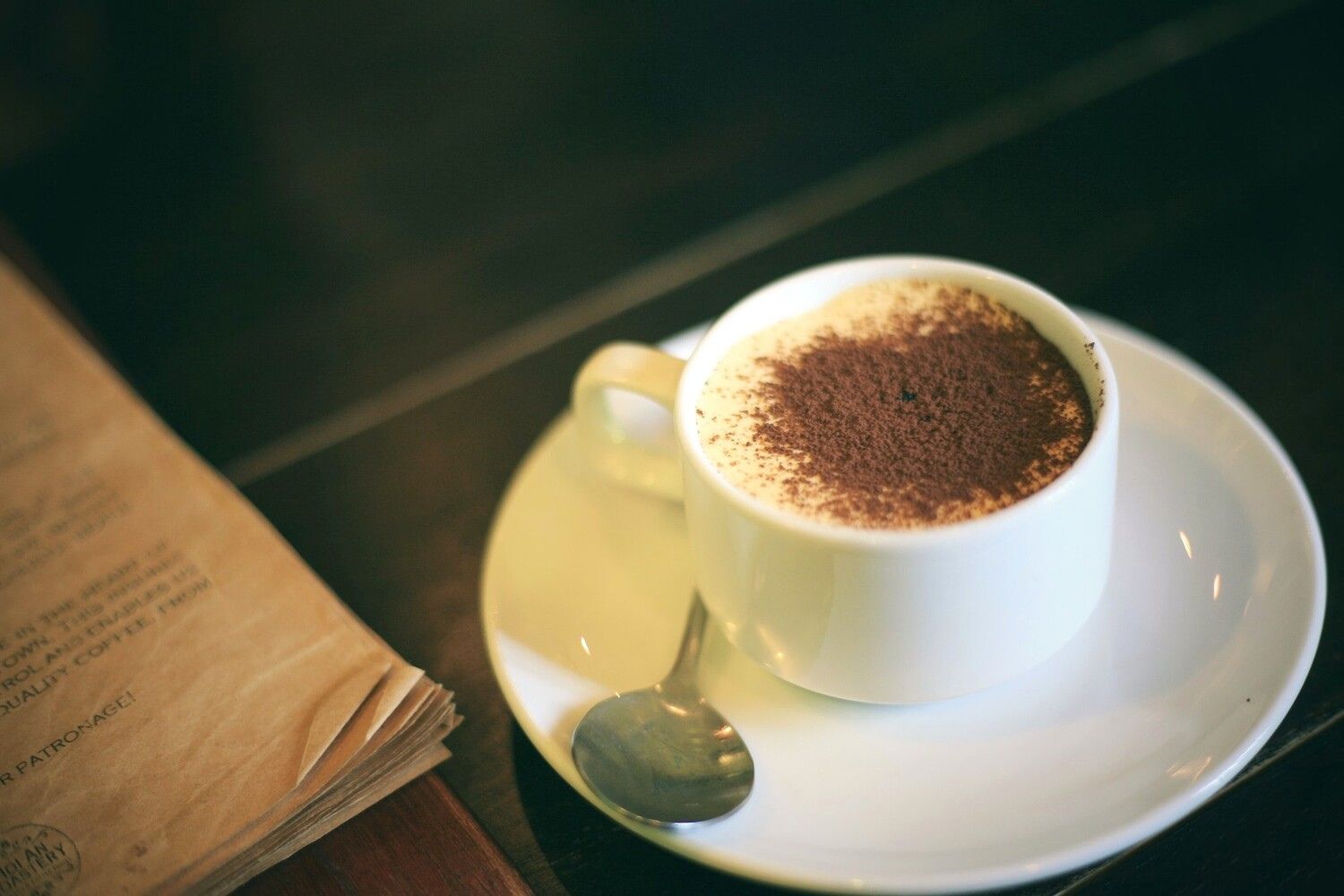
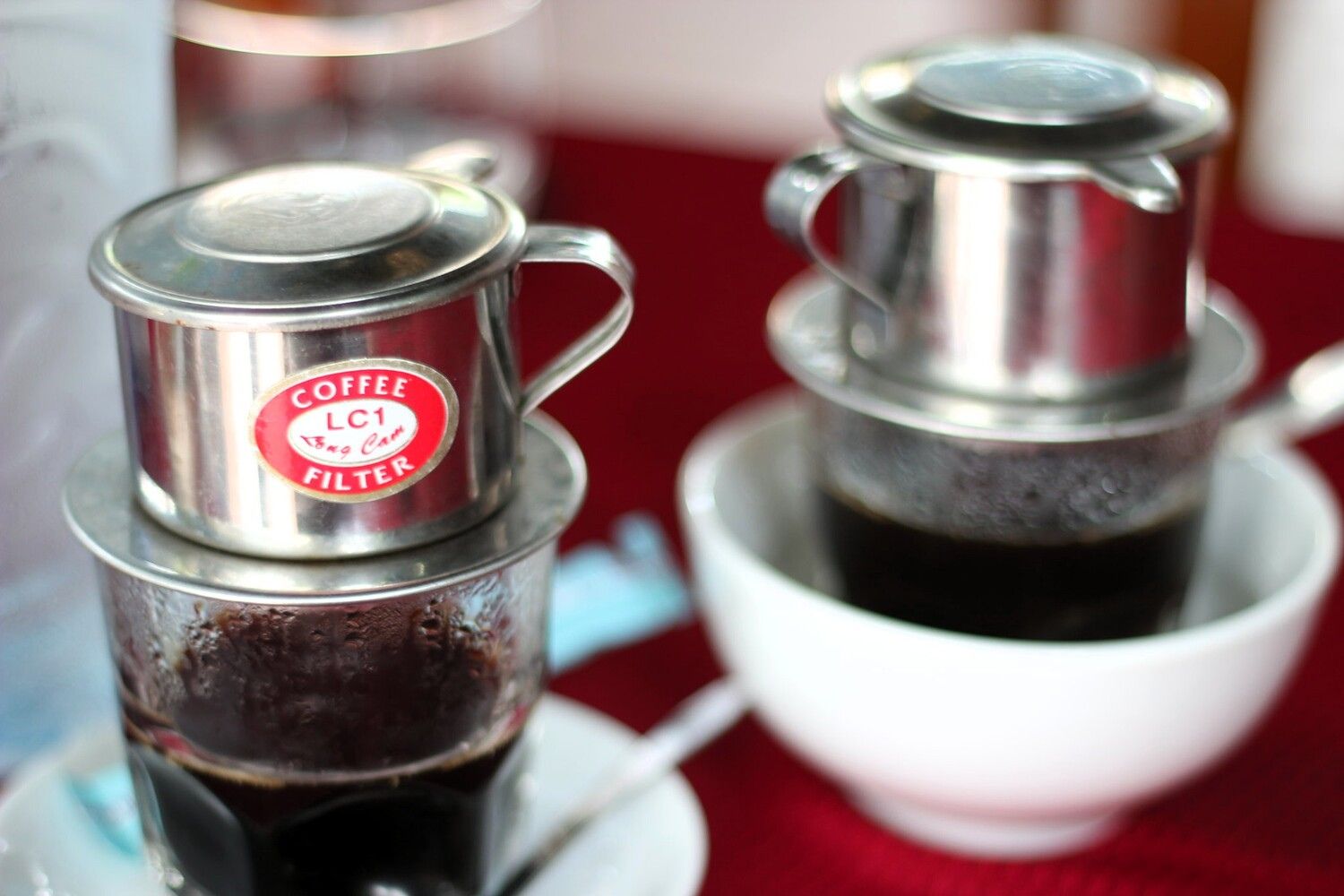
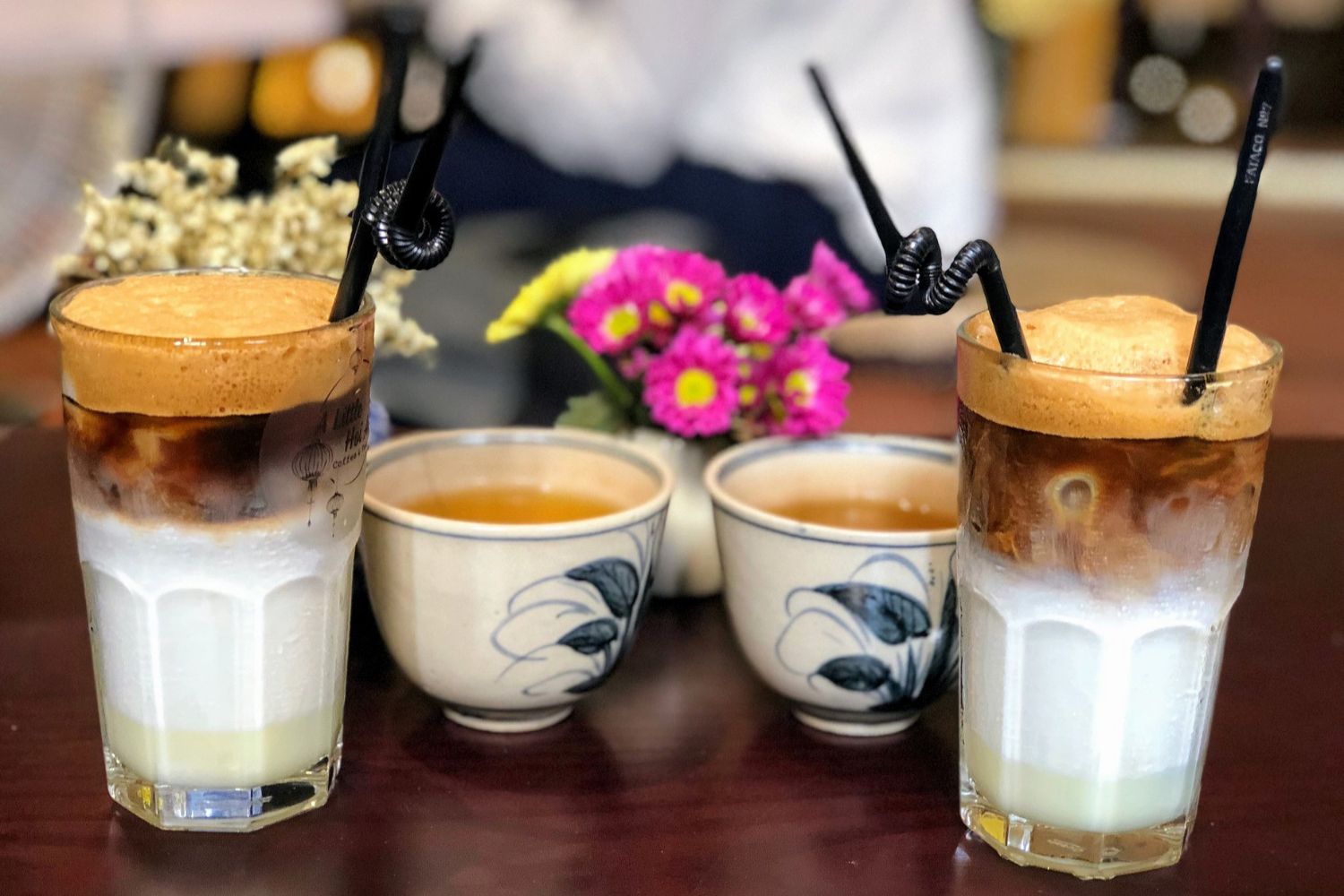
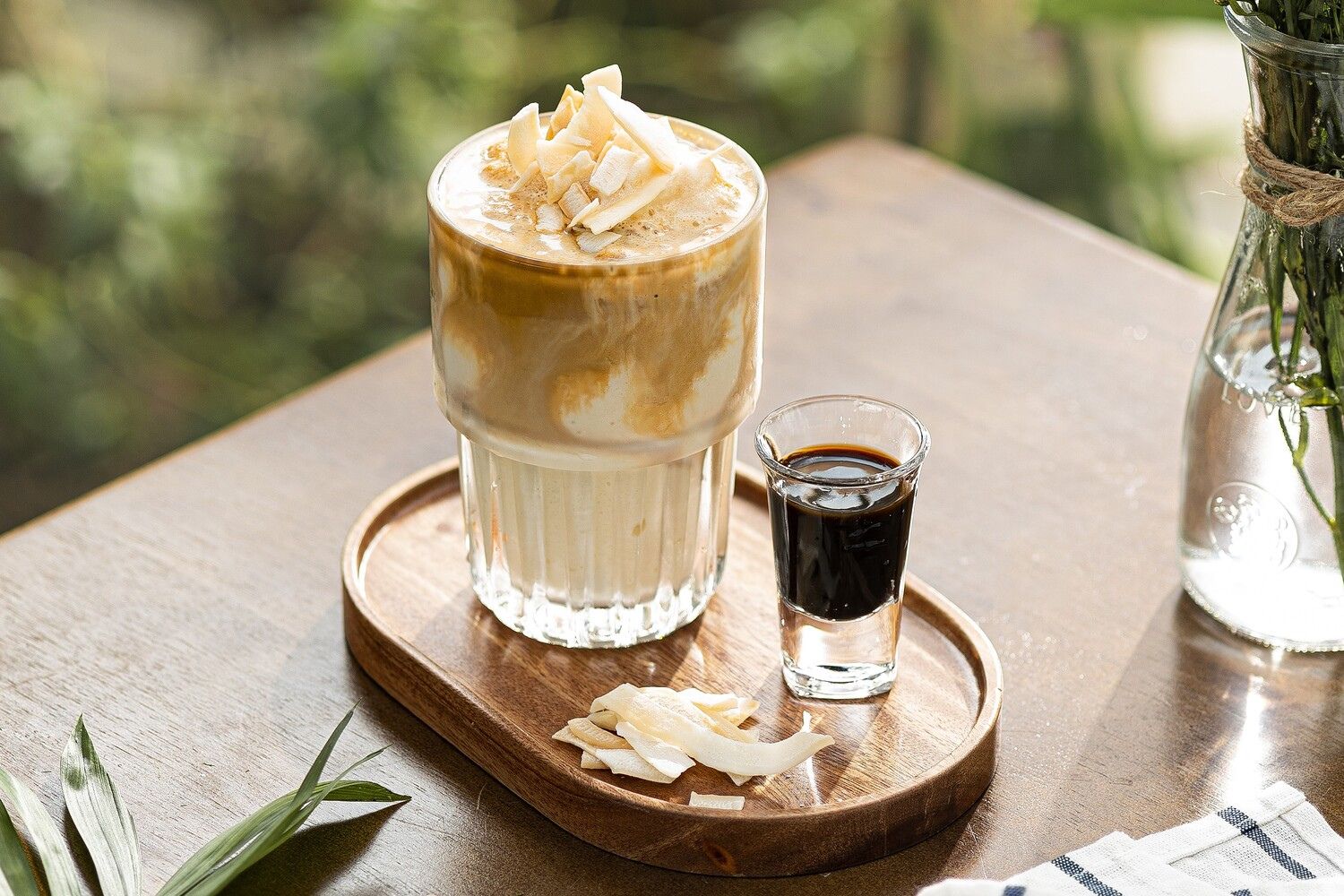
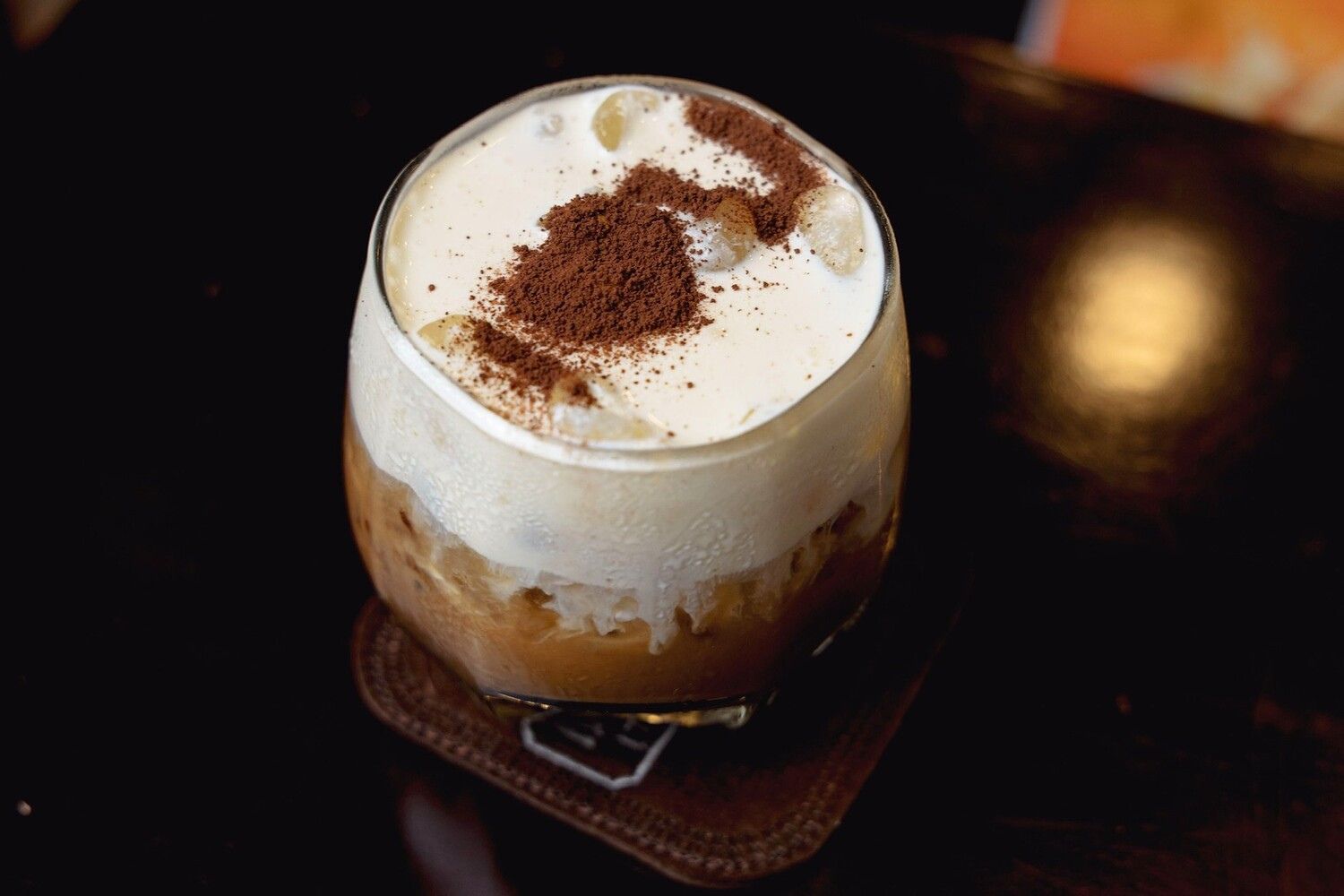
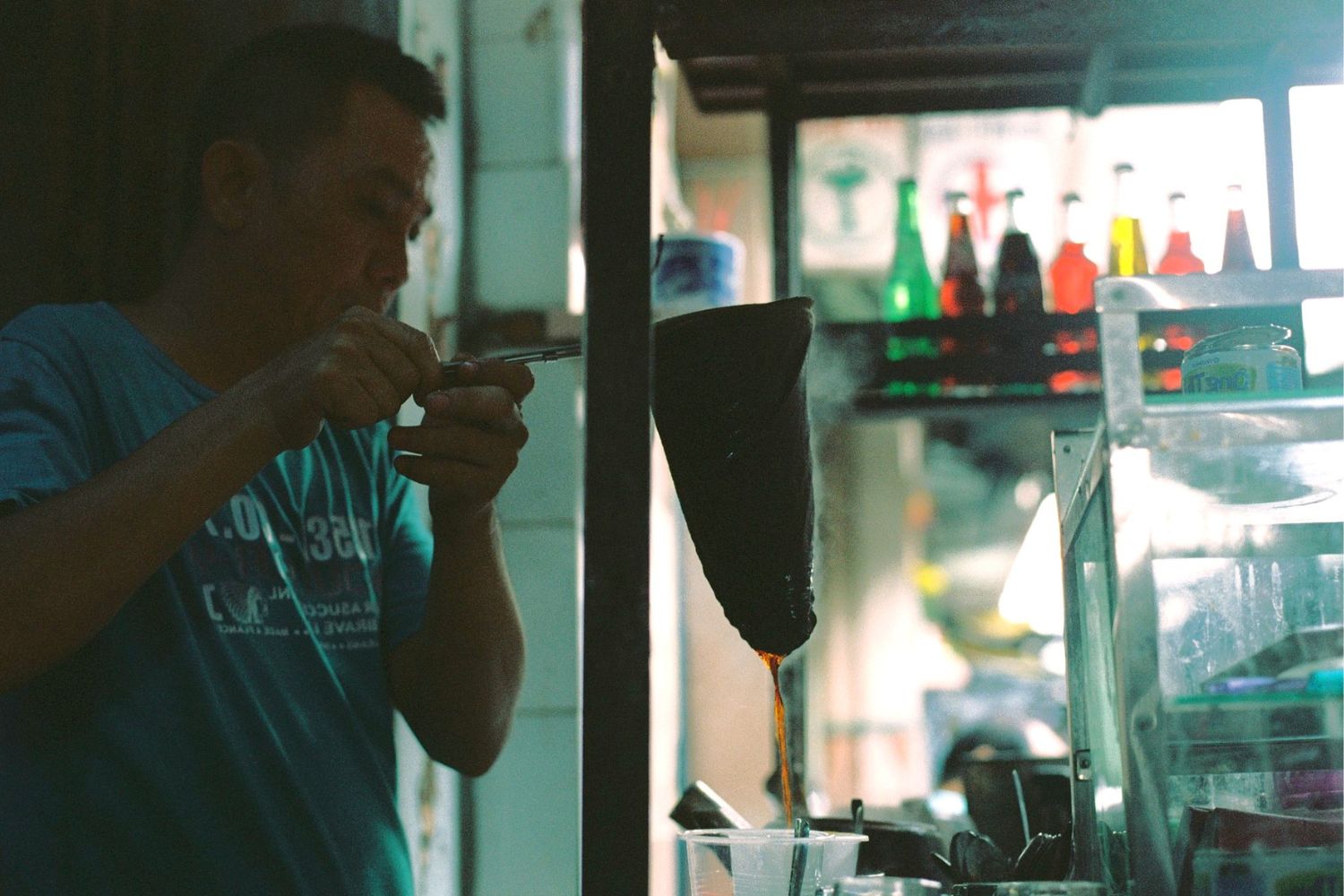
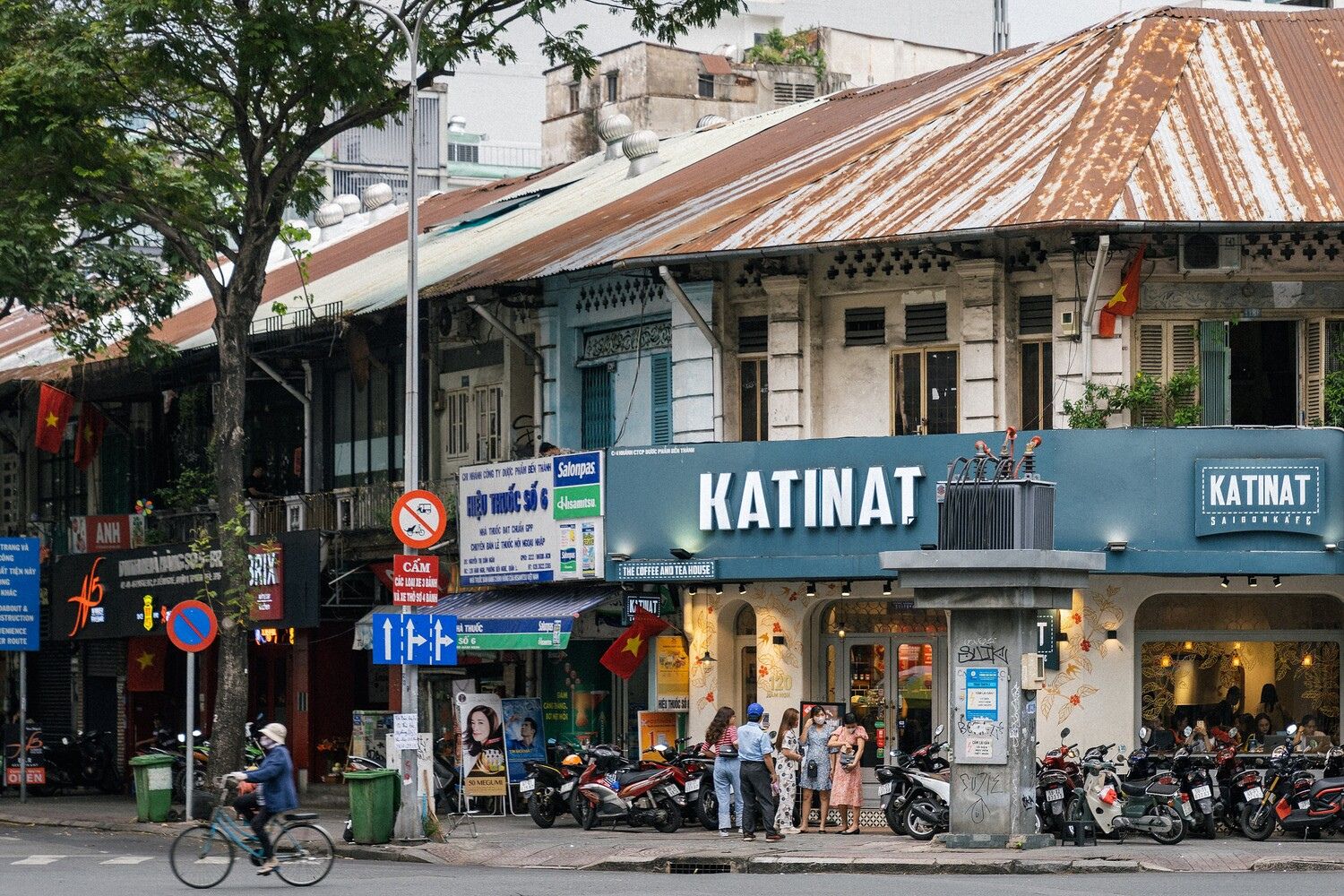
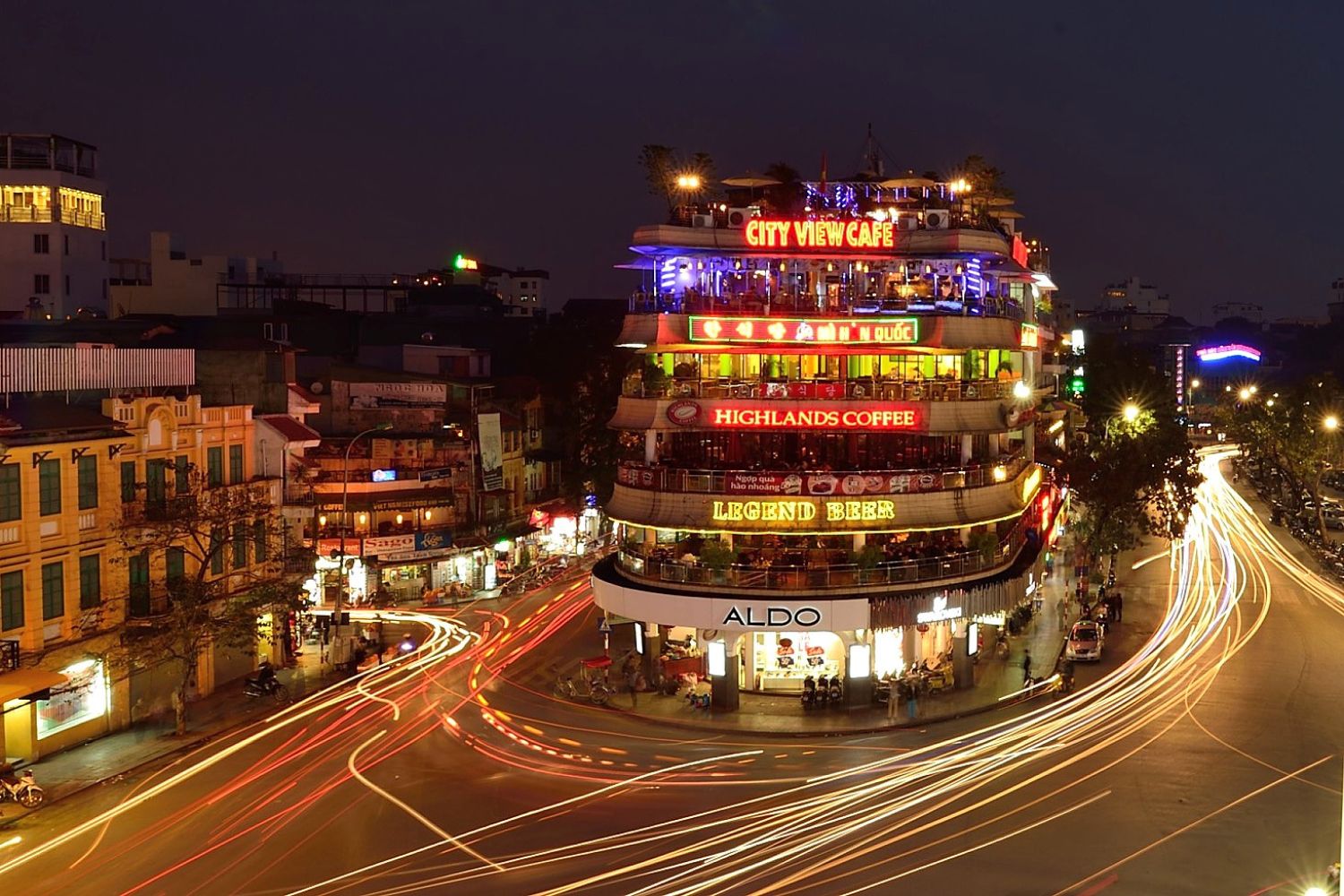

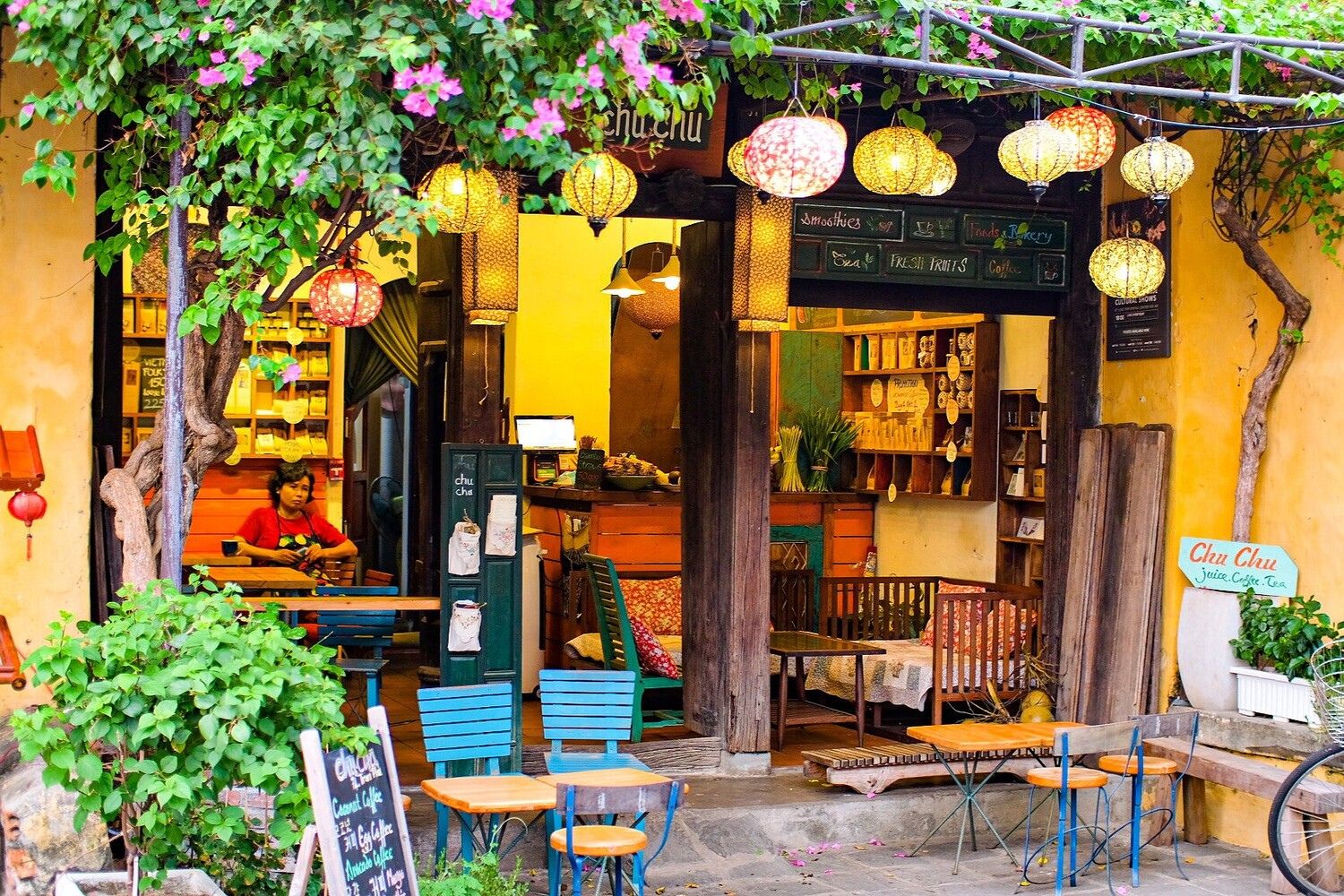
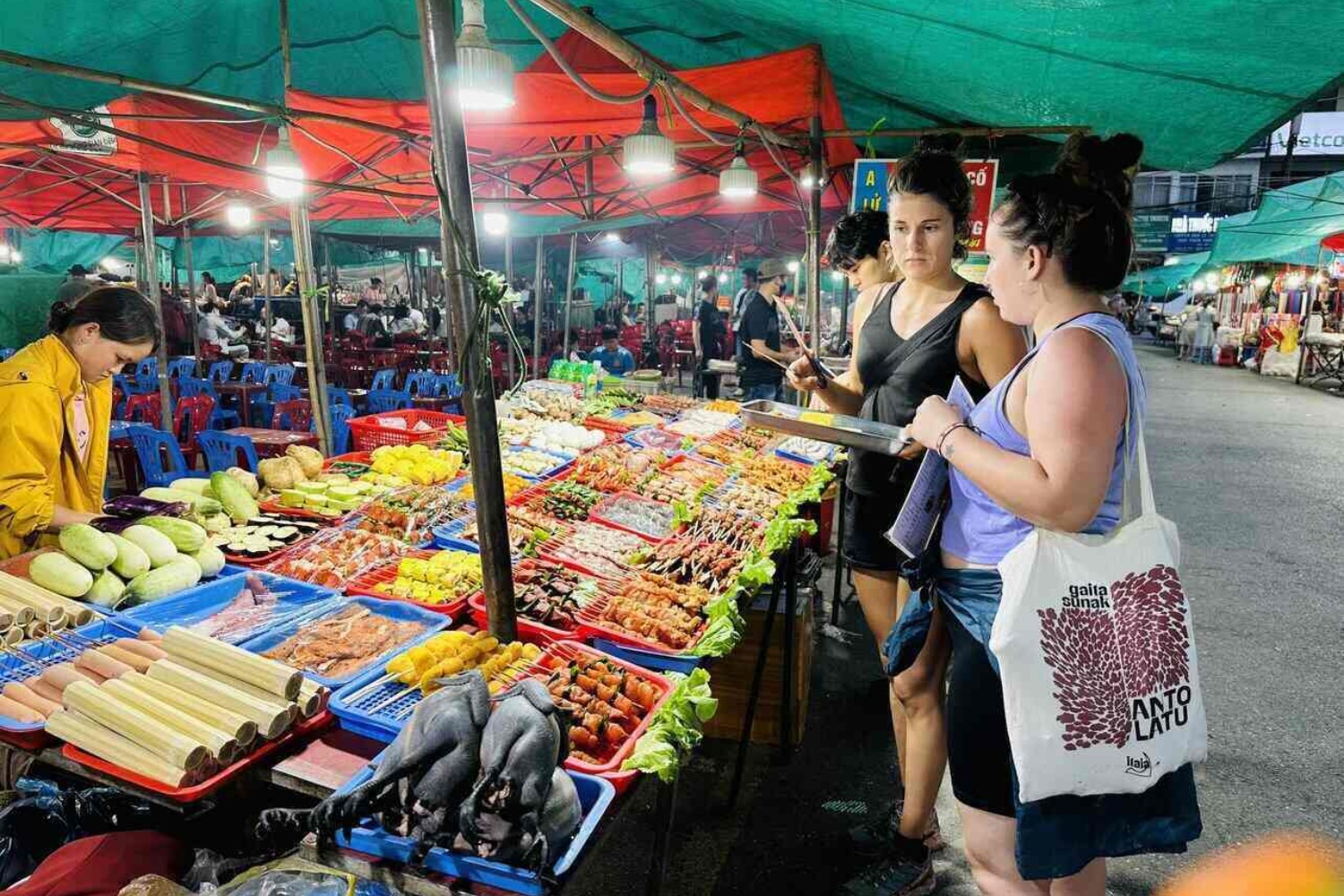
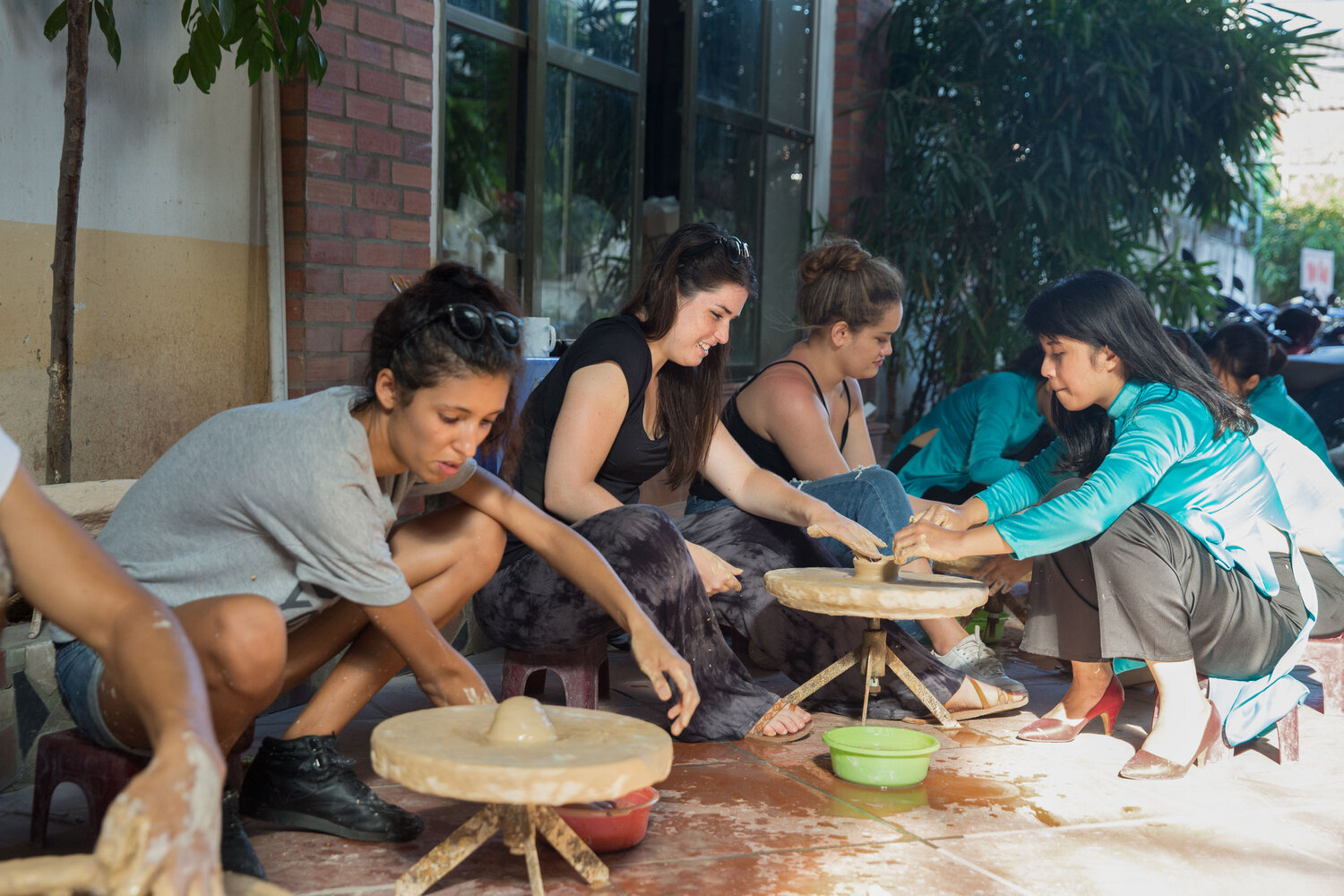
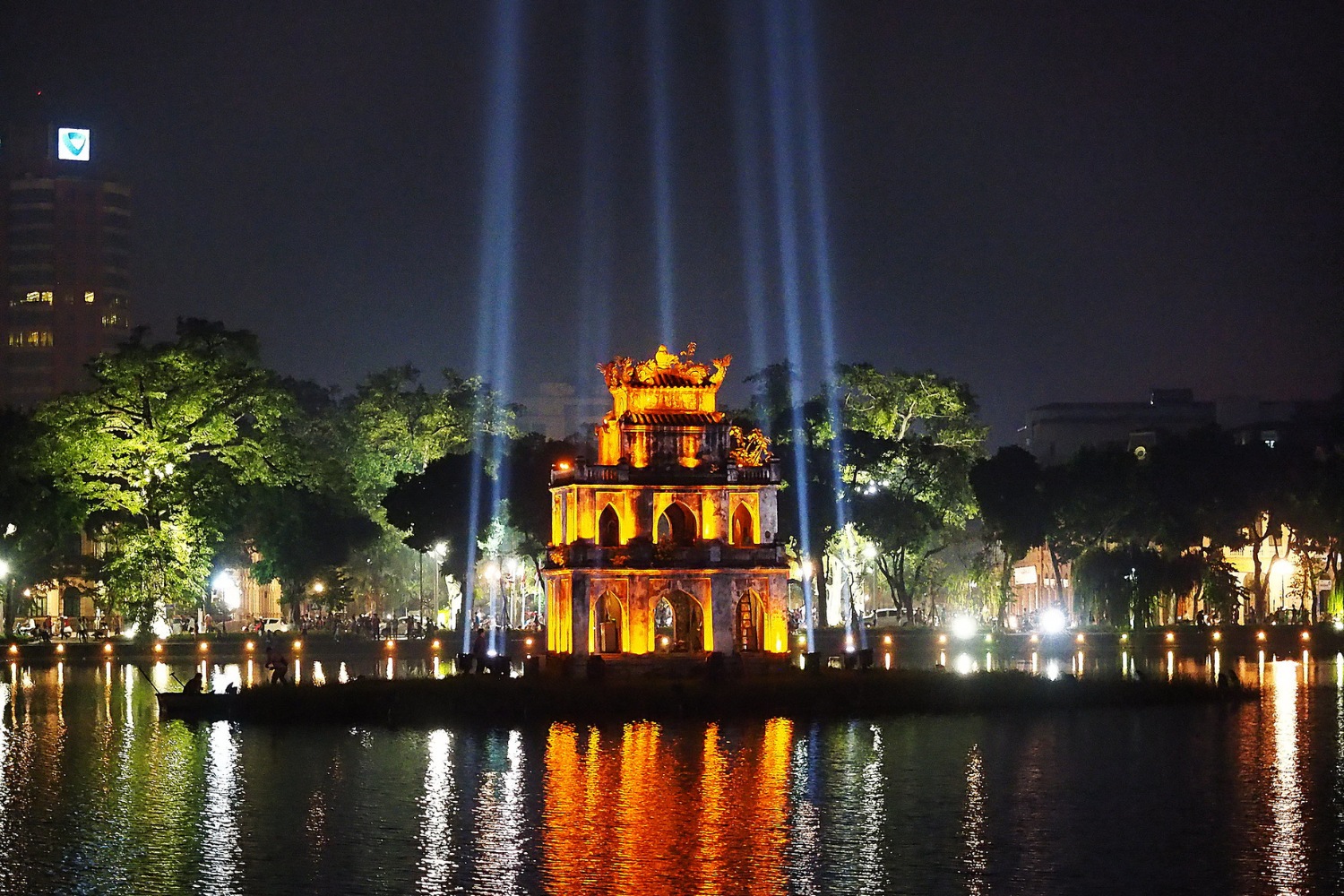
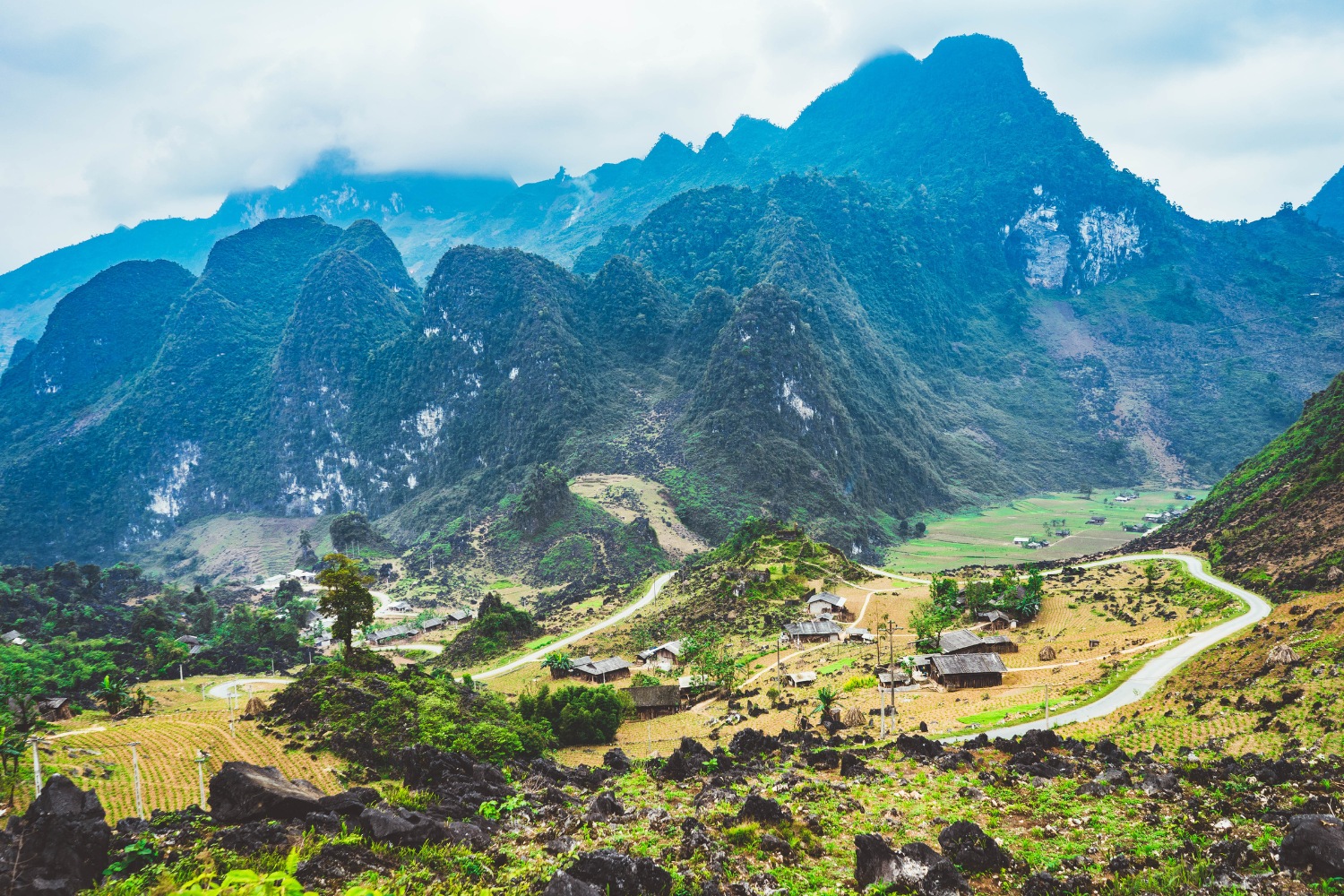
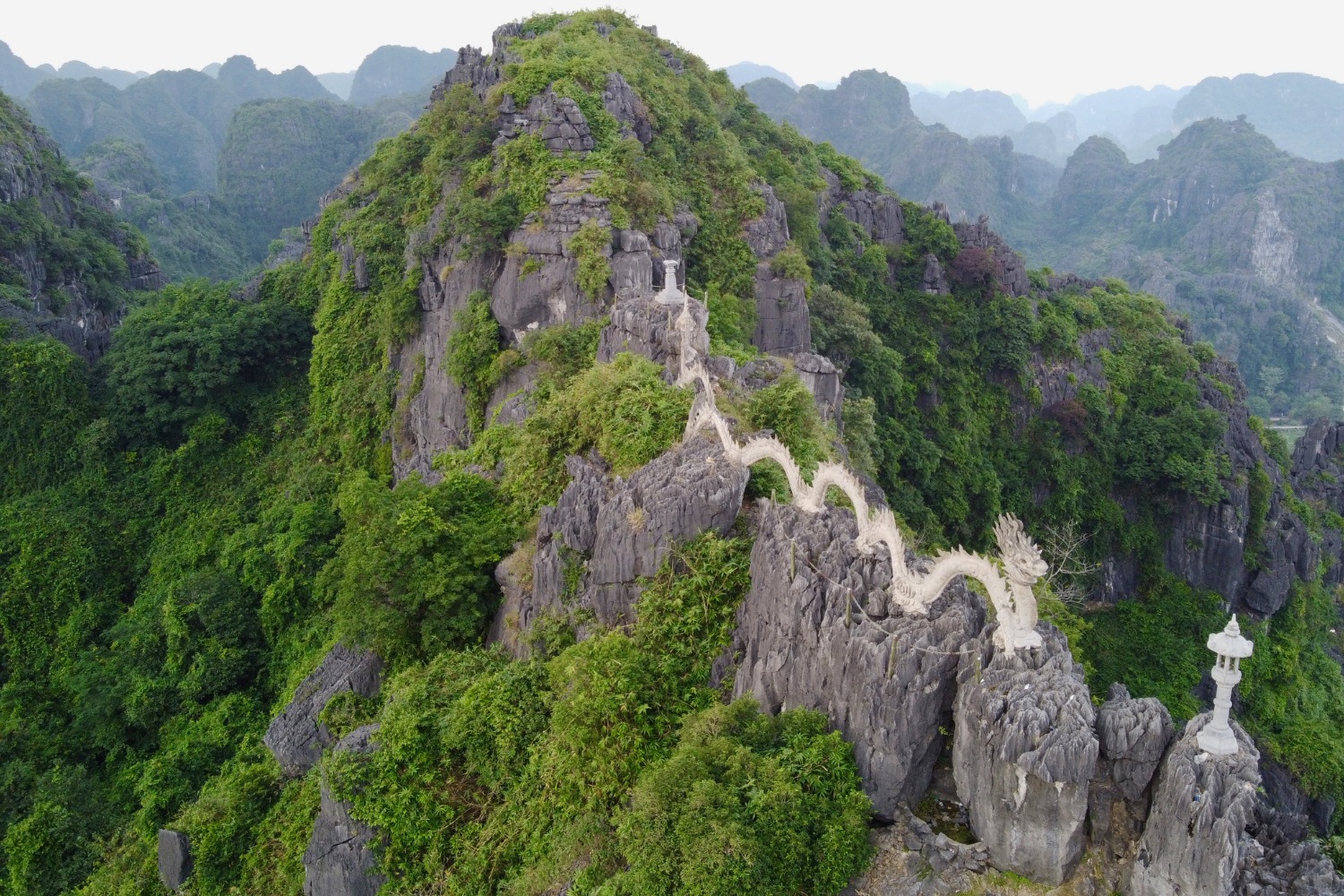
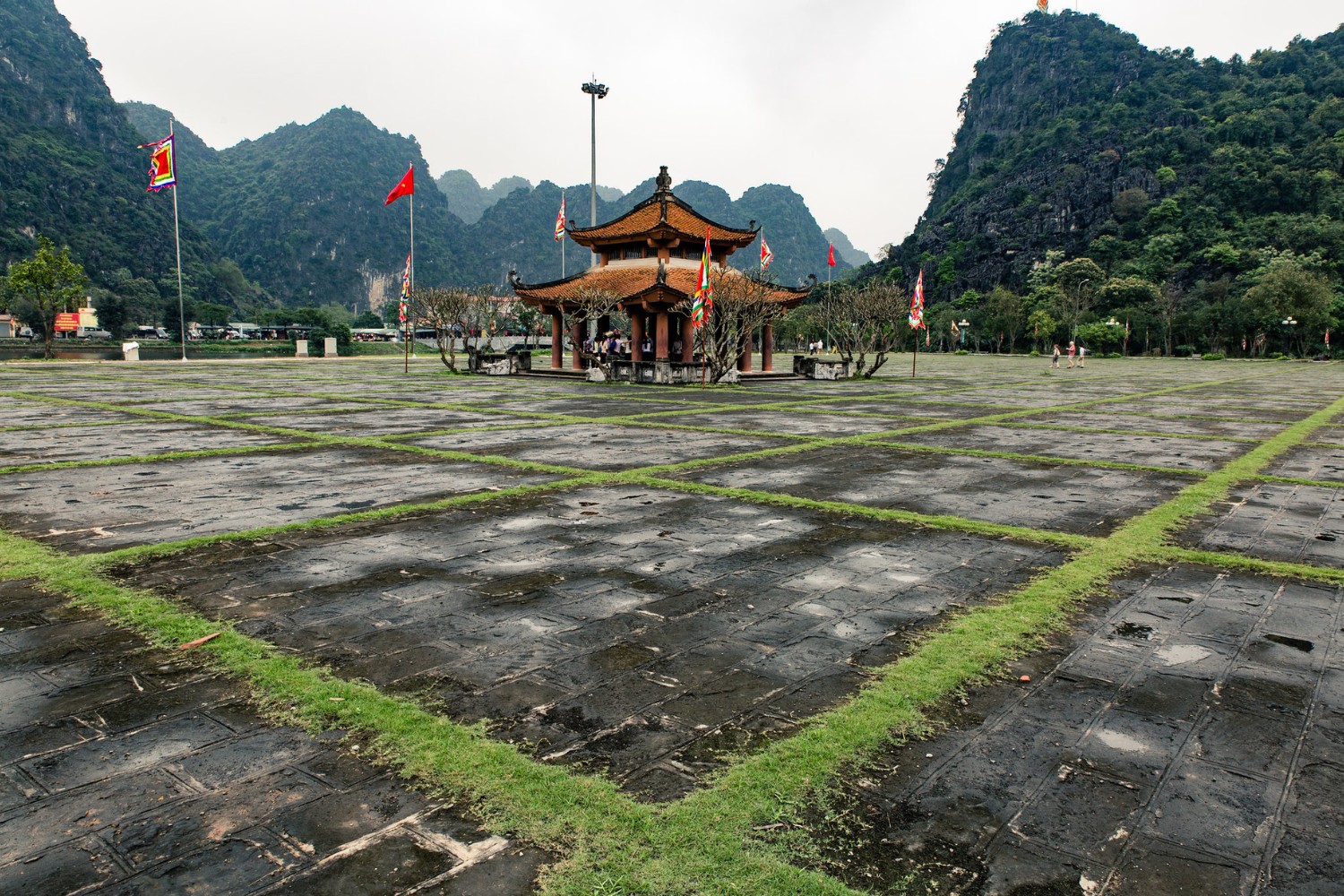
__637051765075307793.jpg)

__637051782550081035.jpg)

__637051777074859032.jpg)
__637051780703588520.jpg)
__637051781488596056.jpg)

__637051767008903435.jpg)
__637051774329206026.jpg)
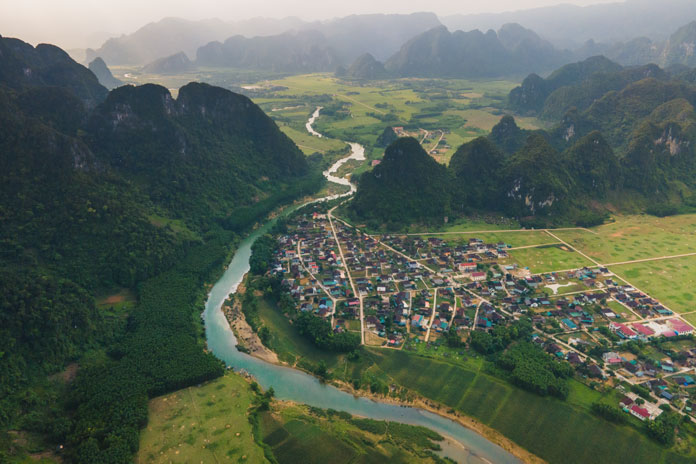

__637740499994967442.jpg)


